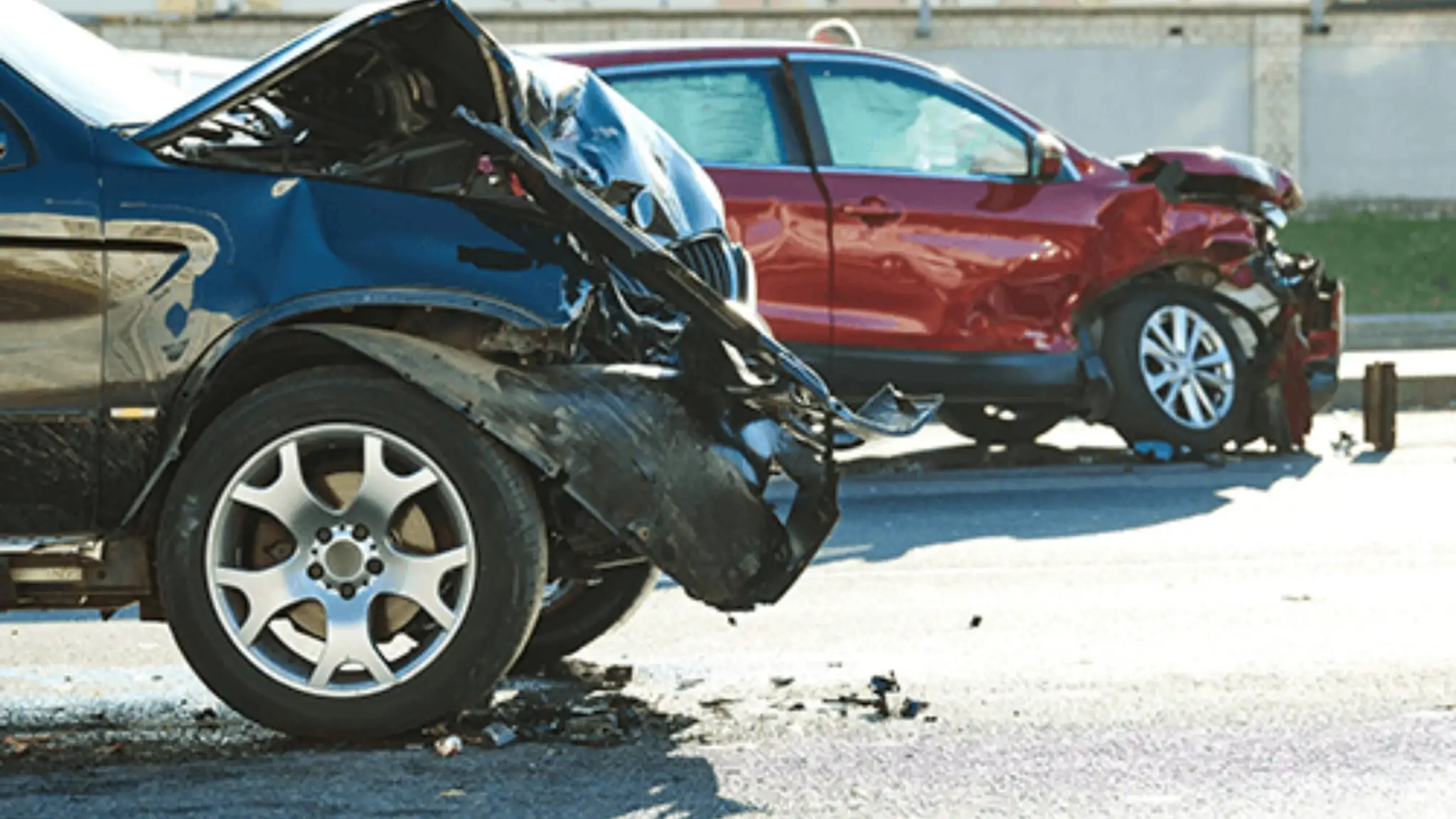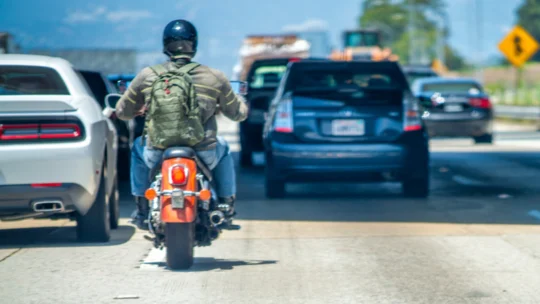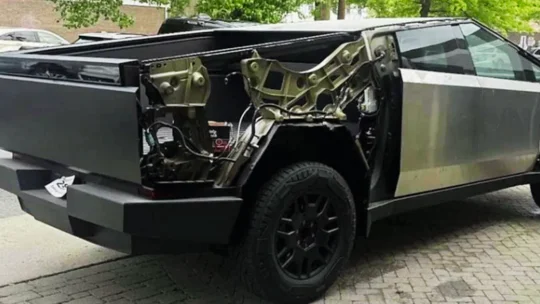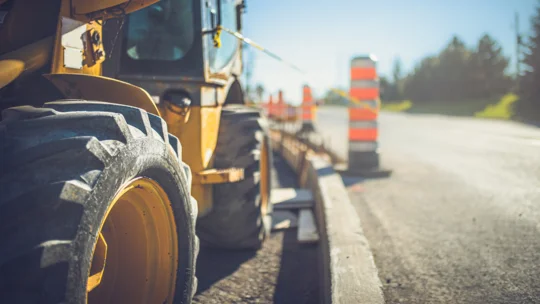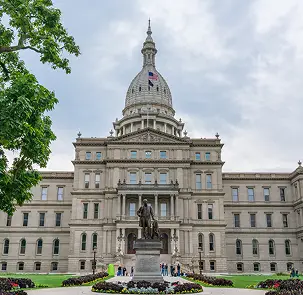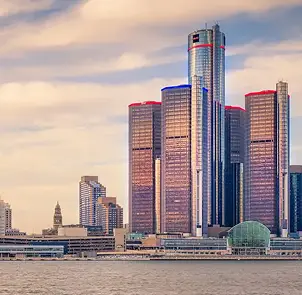Life in the Fast Lane: Understanding Michigan’s New HOV Lanes

How Do the HOV Lanes Work?
To begin with, it’s important to know that not just any vehicle is permitted to use the HOV lanes. MDOT has put rules in place to make sure these new lanes are used to best advantage. For instance, people driving alone are not permitted to use the HOV lanes during specified high-volume hours. You must have two or more passengers in your vehicle to use the HOV lanes – even if you drive an all-electric or hybrid vehicle. This is done to encourage carpooling by commuters, because every driver who participates in a carpool represents one less vehicle on the road, which cuts down on traffic congestion, saves fuel, reduces carbon emissions, and improves highway safety at the same time. Other vehicles – including motorcycles, buses, and emergency vehicles – are free to use the HOV lanes at any time. One reason is that, in the event of a serious accident in the regular travel lanes, first responders will be able to arrive on the scene more quickly by using the HOV lanes to reach the incident instead of weaving through traffic in the regular travel lanes. That could be a true lifesaver for some accident victims. This video from MDOT spells out how drivers should enter and exit the HOV lanes, and outlines rules regarding the treatment of emergency vehicles – which have priority in the HOV lane whenever they are responding to accidents or other incidents.When Can I Use the HOV Lanes?
Currently they’re open to vehicles with two or more passengers during peak commuting hours: Monday-Friday 6-9 a.m. and 3-6 p.m. At all other times, the HOV lanes are available to all motorists regardless of the number of passengers in their vehicles. So, feel free to enjoy the wider highway whenever you’re driving solo during off-peak times.What Happens if I Break the HOV Rules?
No surprise here: you’ll be ticketed and have to pay a hefty fine if you’re caught driving alone in the HOV lanes during peak hours. And we do mean hefty. As a recent news story reports, the minimum fine for breaking the rules has been set at $250. In addition, two points will be added to your driving record. And, as you may know, those points can result in significantly higher premium costs when you make your next car insurance payment.Do HOV Lanes Actually Reduce Traffic Jams?
In other places where HOV lanes have been put into operation, motorists have seen reduced traffic problems in the regular travel lanes. Additionally, in the event of a crash or backup, drivers are able to choose lanes that are less congested (but remember not to enter the HOV lane during rush hour if you’re traveling alone). And since emergency vehicles, tow trucks, and police cars can access the HOV lanes at any time necessary, it’s possible that response times to serious accidents could be improved, ultimately saving lives while more quickly clearing clear stopped traffic caused by collisions.Are HOV Lanes Safer?
By minimizing the need for cars to weave in and out of traffic, it’s hoped that the HOV lanes will help reduce high-speed collisions. And, of course, by lessening overall congestion on I-75 during rush hours, HOV lanes could possibly minimize driver frustration, which should hopefully cut down on the harrowing road rage incidents we’ve heard about in recent years. At the same time, some studies have indicated that in actual practice HOV lanes don’t necessarily provide all the safety benefits traffic engineers had hoped to realize. Only time will tell if the I-75 project truly makes a difference in enhancing driver safety.What Do Michigan’s HOV lanes Cost to Use?
The good news is that Michigan’s HOV lanes are – so far – completely toll-free! In some other places, however, such as on I-270 in Maryland, the I-495 Capital Beltway in Virginia, I-66 west of Washington, D.C., I-95 south of Washington, D.C., and I-295 in Jacksonville, Florida, (among others) variable-fee High-Occupancy Toll (“HOT”) lanes have been implemented to raise funds that are earmarked to help pay for the construction costs of the additional lanes. And they aren’t cheap. For example, during times of especially high traffic, tolls along HOT portions of I-270 in Maryland for passenger cars can be as high as $5.64 per mile traveled! The largest tractor-trailers using those HOT lanes have tolls ranging up to $42.33 per mile. So, Michiganders can (at least for now) count ourselves lucky that our HOV lanes are not tolled!Are More HOV Lanes on the Way?
Perhaps. At the present time, state officials will use the I-75 HOV lanes as a kind of pilot program to ensure they function as expected. Based upon their actual success in reducing congestion, improving safety, and keeping traffic moving at 45 miles per hour more than 90% of the time, officials will determine whether to proceed with installing additional HOV lanes elsewhere. As of this writing, however, MDOT tells us that no specific road segments elsewhere in the state have yet been officially identified as targets for potential new HOV lanes.What Type of Risks Are Associated with HOV Lanes… and What Should I Do if I’m Hurt in an HOV-Lane?
Needless to say, when highway traffic is flowing smoothly, having all vehicles moving in the same direction at similar speed can result in safer travel for everyone. But some motorists just can’t find it in themselves to obey traffic laws or respect their fellow drivers. And the resulting high-speed accidents they cause can be horrifying. It’s too soon yet to tell what impact the I-75 HOV lanes will have on the numbers of these types of incidents, but it is hoped that those dangerous drivers will have less impact on others due to reduced congestion across all lanes. Only time will tell if that turns out to be the case, and if accidents actually decrease due to the addition of HOV lanes. But in the meantime, if you or someone you love are injured in a collision on the HOV lanes, or anywhere in Michigan, we stand ready to protect your rights and get you the compensation you deserve. Call us at 855-MIKE-WINS (855-645-3946), or contact us online anytime. We’ll be here for you whenever you need us!Content checked by Mike Morse, personal injury attorney with Mike Morse Injury Law Firm. Mike Morse is the founder of Mike Morse Law Firm, the largest personal injury law firm in Michigan. Since being founded in 1995, Mike Morse Law Firm has grown to over 250 employees, served 100,000 clients, and collected more than $2 billion for victims of auto, truck and motorcycle accidents. The main office is in Southfield, MI but you can also find us in Detroit, Sterling Heights and many other locations.



